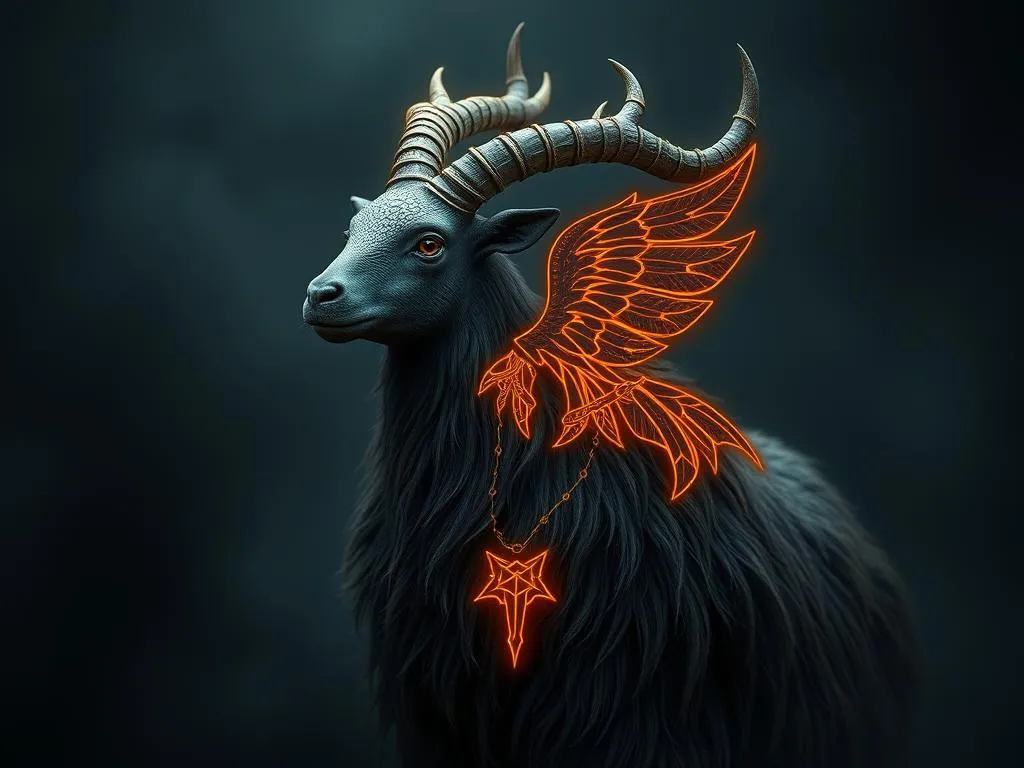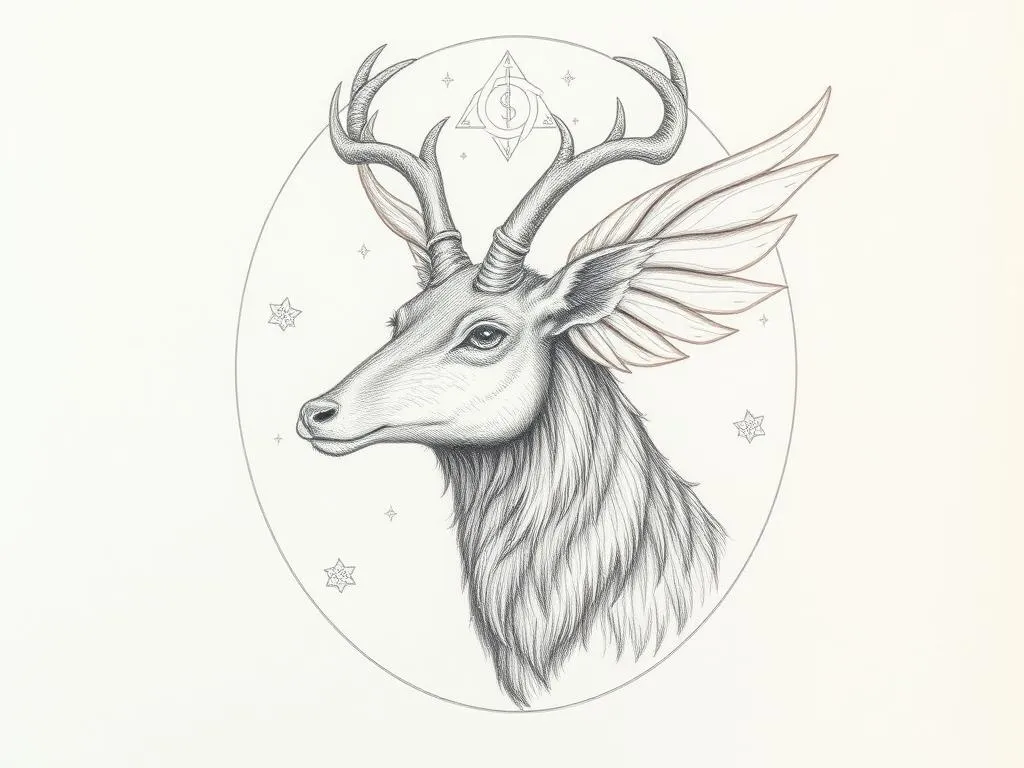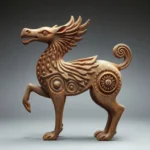The Healing Power of the Aesculapian Serpent: A Deep Dive into Symbolism and Significance

Disclaimer: Some images on this website are AI-generated artworks and may not accurately represent real animals.
The Aesculapian Serpent holds profound significance in various contexts, particularly in healing and mythology. This article explores the rich tapestry of its symbolism, tracing its origins and examining its continued relevance in modern society. Understanding the symbolism and meaning associated with the Aesculapian serpent can enhance our appreciation of its role in both historical and contemporary realms.
Understanding the Aesculapian Serpent
Origin & Mythological Background
The roots of the Aesculapian serpent are deeply embedded in Greek mythology, specifically in the lore surrounding Asclepius, the god of medicine and healing. Asclepius was often depicted with a serpent, symbolizing his healing abilities and the wisdom associated with nature. The serpent was not just a creature in Asclepius’s realm; it embodied the essence of renewal and transformation, crucial elements in the practice of healing.
Historically, the Aesculapian serpent is associated with temples dedicated to Asclepius, known as Asclepiions, where patients would come seeking cures for their ailments. The serpents that roamed these sacred spaces were believed to possess healing powers, reinforcing the idea that nature plays a vital role in our well-being.
Physical Characteristics
The Aesculapian serpent (Zamenis longissimus) is a non-venomous snake native to Europe. Its physical attributes contribute to its symbolic significance. Below is a table summarizing its key characteristics:
| Characteristic | Description |
|---|---|
| Length | Can grow up to 2 meters (6.5 feet) |
| Coloration | Typically green or brown with a lighter underbelly |
| Habitat | Prefers wooded areas, grasslands, and rocky slopes |
| Behavior | Known for being calm, often found basking in the sun |
| Diet | Feeds primarily on small mammals and birds |
These unique traits, such as its calm demeanor and vibrant appearance, contribute to the Aesculapian serpent’s representation of healing and wisdom.

Symbolism & Spiritual Meaning
Healing and Renewal
One of the most prominent aspects of the Aesculapian symbolism is its association with healing. In various cultures, serpents are seen as agents of transformation, shedding their skin and emerging renewed. This act of shedding symbolizes not only physical healing but also emotional and spiritual renewal.
In ancient healing practices, the presence of a serpent often indicated a space of safety and recovery. The symbolism of the serpent conveys the idea that healing is a journey that involves letting go of the past and embracing new beginnings. This duality of death and rebirth is a recurring theme in many spiritual narratives.
Wisdom and Knowledge
The serpent is also a potent symbol of wisdom across different cultures. In many traditions, serpents are revered for their insight and understanding of the world. The Aesculapian serpent embodies this wisdom, particularly in the medical and healing arts.
As a representation of knowledge, the serpent encourages individuals to seek understanding and enlightenment. The connection between the serpent and wisdom highlights the importance of knowledge in the healing process, whether it be through medical advancements or personal introspection.
Duality of Life and Death
The Aesculapian serpent encapsulates the duality of life and death, a profound concept found in numerous spiritual traditions. It serves as a reminder of the cyclical nature of existence, where healing and mortality are intertwined. This duality emphasizes the importance of balance in life—recognizing that healing often comes hand in hand with the acceptance of mortality.
The serpent’s ability to shed its skin is a powerful metaphor for the cycles of life. Just as the serpent sheds its old skin to allow for new growth, individuals must confront their own transformations. This cycle is a crucial part of personal development and understanding the human experience.
The Aesculapian Serpent in Dreams
Common Dream Themes
Dreams featuring serpents, particularly the Aesculapian serpent, often carry significant meanings. Below is a table that outlines common themes associated with serpent dreams:
| Dream Theme | Interpretation |
|---|---|
| Healing | A sign of recovery from illness or emotional pain |
| Transformation | Indication of personal growth and change |
| Fear of the Unknown | Confronting anxiety or unresolved issues |
| Wisdom | Guidance towards making important decisions |
| Renewal | The need to let go of old habits or thoughts |
Dreams about the Aesculapian serpent often serve as a conduit for introspection and personal growth. They may challenge the dreamer to confront their fears, embrace change, or seek healing in their lives.
Messages and Intuition
The presence of the Aesculapian serpent in dreams can also signify deeper messages from the subconscious. These messages may offer insights into personal growth, indicating areas where healing is needed or where transformation is possible. Listening to these intuitive prompts can guide individuals toward a path of self-discovery and healing.
Understanding these messages often requires reflection and an openness to interpreting the symbols presented in dreams. The Aesculapian serpent acts as a guide, encouraging individuals to navigate their emotional landscapes and embrace their healing journeys.
Modern Interpretations
The Aesculapian Serpent in Medicine Today
In contemporary society, the Aesculapian serpent continues to hold a prominent place in medical symbolism. It is commonly associated with healthcare organizations, often appearing in logos and branding. The symbol of the serpent intertwined with a staff is widely recognized as the Rod of Asclepius, representing medicine and healing.
This enduring relevance speaks to the ongoing human connection to the themes of healing and wisdom embodied by the Aesculapian serpent. It serves as a reminder of the importance of nature and knowledge in the pursuit of health.
Cultural Representations
The Aesculapian serpent is not only significant in medical contexts but also features prominently in art, literature, and pop culture. Its representation varies across cultures, each attributing different meanings to the serpent.
In some cultures, the serpent symbolizes danger and treachery, while in others, it embodies protection and healing. This diversity in interpretation showcases the multifaceted nature of the Aesculapian serpent and its ability to convey complex ideas about life, death, and transformation.
Key Takeaways
- Aesculapian Symbolism: The Aesculapian serpent represents healing, wisdom, and transformation, serving as a powerful symbol in both historical and modern contexts.
- Healing and Renewal: The serpent’s shedding of its skin signifies renewal and the cyclical nature of healing and rebirth.
- Wisdom and Knowledge: The serpent embodies the quest for knowledge, emphasizing the importance of understanding in the healing process.
- Duality of Life and Death: The Aesculapian serpent reminds us of the interconnectedness of healing and mortality, urging us to find balance in our lives.
- Dream Interpretations: Dreams featuring the Aesculapian serpent can provide insights into personal growth, transformation, and the healing journey.
Conclusion
The Aesculapian serpent continues to be a powerful symbol of healing and transformation. Its legacy endures in modern medicine and cultural representations, reminding us of the significance of understanding symbolism in our lives. Exploring the meanings associated with the Aesculapian serpent can deepen our connection to the natural world and enhance our appreciation for the journey of healing, both physical and spiritual.
As you reflect on the lessons imparted by the Aesculapian serpent, consider delving deeper into the meanings of other animals and symbols in your personal and spiritual journeys. Understanding these symbols can lead to profound insights and a more fulfilling connection to the world around you.







